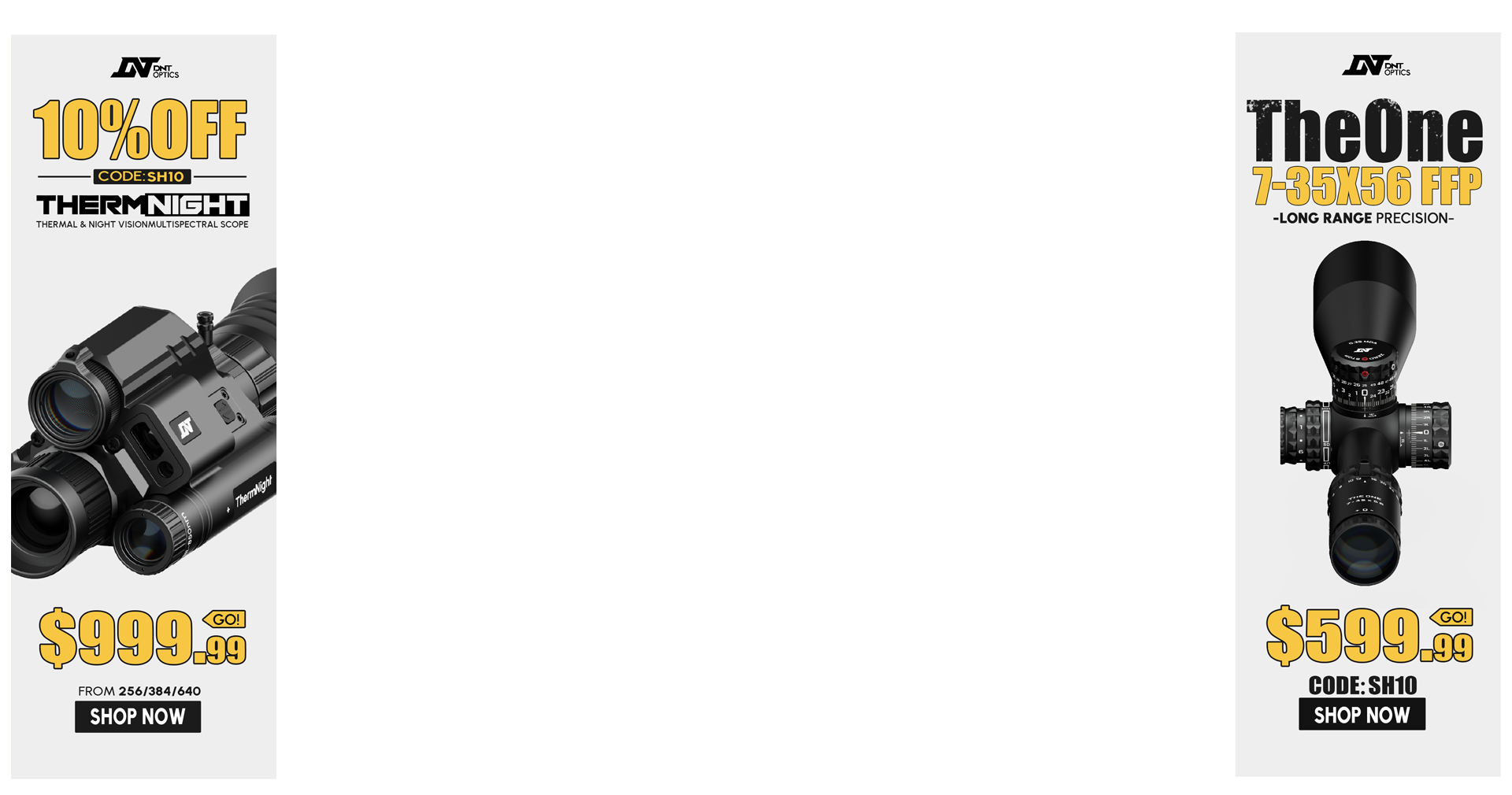... glass. Have noticed some issues with some FFP scopes and gaining maximum clarity/resolution at ranges within 400-500yds compared to other high end SFP scopes. Part of this can possibly be attributed to difficulties dialing in parallax occasionally. But are there any aspects inherent in the design of FFP scopes that can be correlated to this difference in clarity when compared to SFP scopes at the same magnification and distance? Mirage is not the issue and should not be considered relevant in this post.
I am in NO WAY interested in starting a S&B vs USO vs Nightforce vs Premier vs Vortex thread and refuse to name any scopes I have looked through that made me reach this possible conclusion. They are all top of the line (expensive) glass and that is all that matters. I realize there is a tendency on this website to backup your $1000-$3000 purchase and claim it's the greatest thing since sliced bread. What I am looking for are <span style="font-style: italic"><span style="font-weight: bold">objective</span></span> opinions that either confirm or deny either side of the question posted. So?
I am in NO WAY interested in starting a S&B vs USO vs Nightforce vs Premier vs Vortex thread and refuse to name any scopes I have looked through that made me reach this possible conclusion. They are all top of the line (expensive) glass and that is all that matters. I realize there is a tendency on this website to backup your $1000-$3000 purchase and claim it's the greatest thing since sliced bread. What I am looking for are <span style="font-style: italic"><span style="font-weight: bold">objective</span></span> opinions that either confirm or deny either side of the question posted. So?

